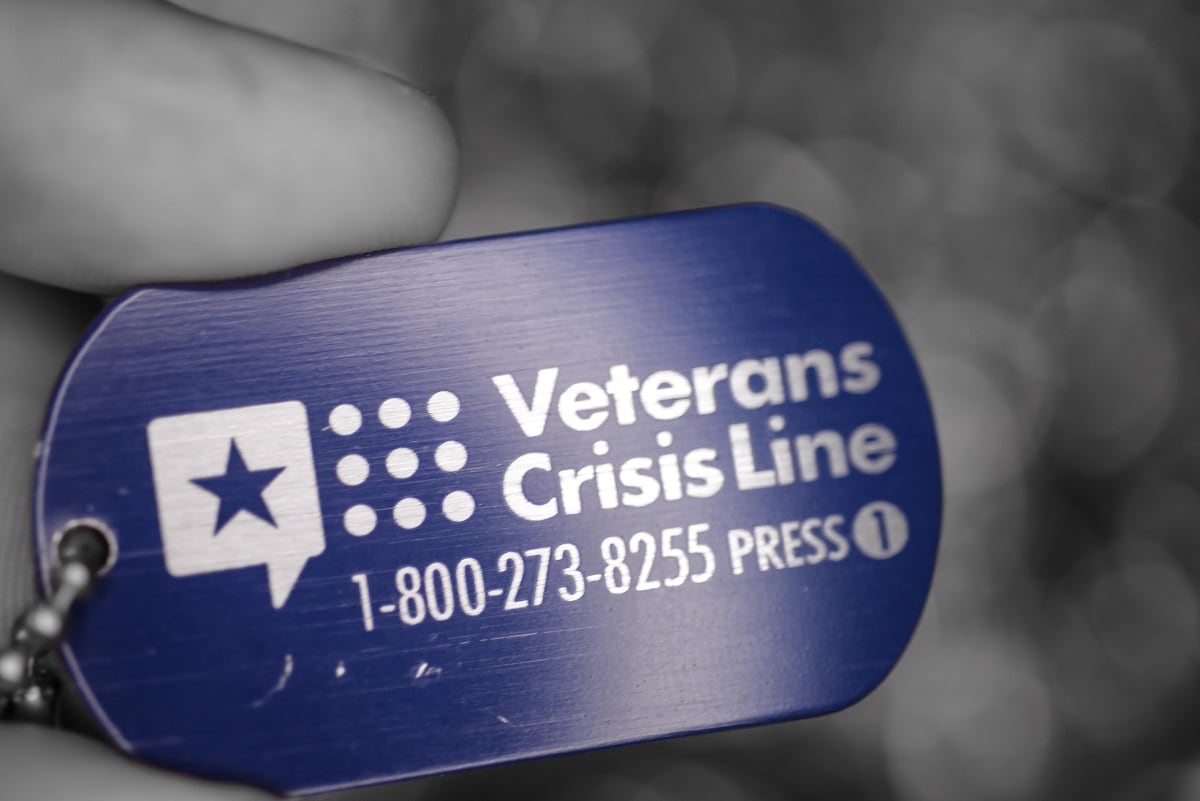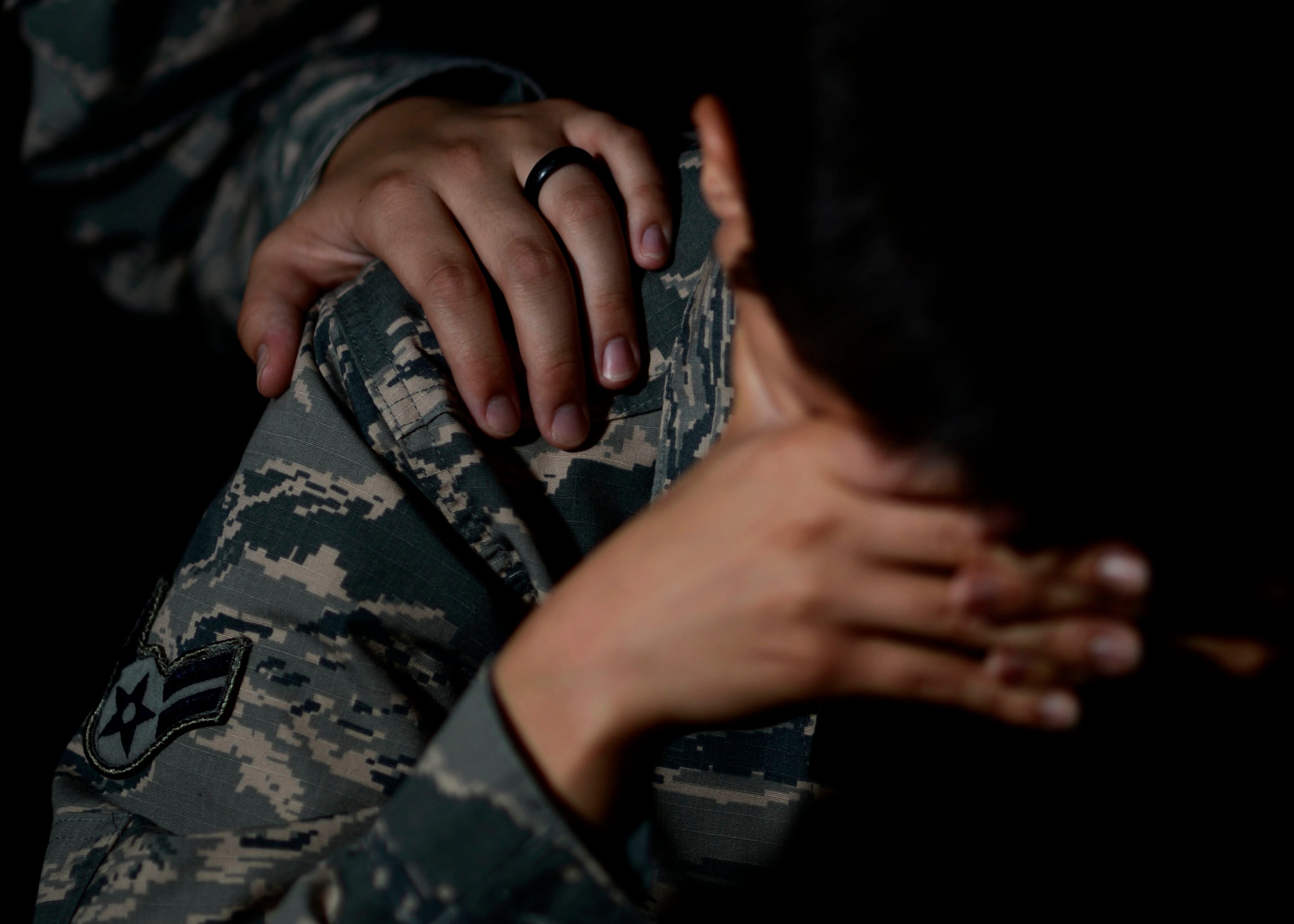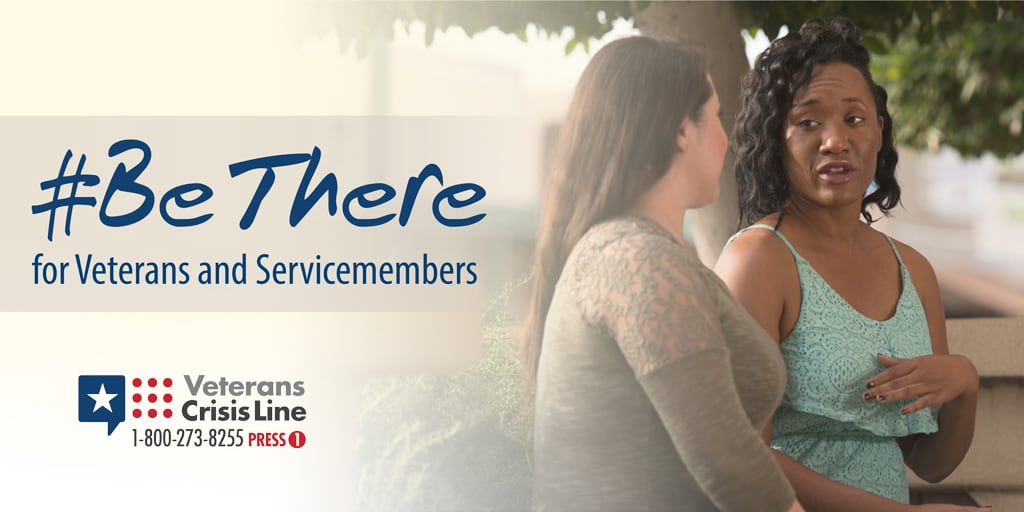WASHINGTON — A Department of Veterans Affairs analysis of its suicide prevention programs touted mostly “positive outcomes” of the efforts even though they didn’t translate into fewer veterans dying by their own hand.
Now, as the White House launches a new year-long effort to find solutions to the problem, outside advocates want to make sure that bureaucrats aren’t going to repeat the same mistakes in how they look for those answers.
“We’ve already seen four years of wasted time,” said Joe Chenelly, executive director at AMVETS. “It’s not a partisan mistake or problem. We’ve see this across administrations. But we seem to be doing the same things over and over again.”
RELATED

The analysis, completed late last year, was mandated by the 2015 Clay Hunt Suicide Prevention for American Veterans Act, named for a Marine Corps veteran activist who took his own life in March 2011.
Under the measure, VA officials are required to provide annual reviews of mental health care and suicide prevention programs, with the first due last December.
Department officials met that deadline, but the report has received little public attention since then, despite the fanfare that accompanied passage of the law four years ago. VA spokesman Curt Cashour said the report has not been posted publicly because “VA doesn’t typically release congressionally mandated reports outside of the committees that request them via law.”
The report gives generally high marks to the department for their mental health support, noting that “most of the mental health programs … demonstrated a positive impact on the psychological well-being or functioning of the veterans who use them.”
They cited low readmission rates for veterans using acute inpatient mental health services, lower relapse rates for veterans who used residential rehabilitation programs for post-traumatic stress treatment, increasing success with transition assistance support and high satisfaction rates for most veterans who used department mental health resources.
But that did not translate into fewer suicides.
RELATED

In recent years, the number of veterans who take their own lives each day has hovered around 20. Of that group, 14 have little or no contact with VA support services. Efforts implemented just before and after the 2015 legislation made no significant change to the 2016 figures, the latest collected by the department.
Officials at AMVETS blasted the report — which has been viewed only by a handful of congressional staffers — as a missed opportunity.
“More than 24,000 veterans have died by suicide since the passage of the Clay Hunt Act,” said group National Commander Rege Riley in a statement. “God willing, we won’t be stuck with the same system we have not in 2023, with a new report that highlights only that what (they) keep doing continues not to work.”
VA officials also acknowledged the report’s shortcomings. In a letter to members of Congress, VA Secretary Robert Wilkie wrote that future reports will be “restructured to more directly look at the impact of our mental health and suicide prevention program on … death by suicide.”
Wilkie has repeatedly promised to keep suicide prevention as the department’s top clinical priority, and he was on hand earlier this month for President Donald Trump’s announcement of a new task force on the issue.
That effort is designed to bring together leaders from various federal agencies to re-examine the issue and explore innovative new approaches.

On Wednesday, Senate Veterans’ Affairs Committee ranking member Jon Tester, D-Mont., and fellow committee member Sen. Jerry Moran, R-Kansas, introduced what they hope will be Congress’ first sweeping veterans suicide prevention legislation since the Clay Hunt Act.
Along with more research and staffing for traditional VA support programs, the measure — named after Cmdr. Scott Hannon, a Navy veteran who took his own life in Feb. 2015 — would make huge investments in alternative treatments like yoga, sports therapy and acupuncture.
It would also set new goals for evaluating “the effectiveness of the VA’s suicide prevention and mental health media outreach.”
At a press conference on Wednesday, Tester said the bill isn’t a criticism of VA’s efforts thus far “but it’s clear we’re not where we need to be.”
RELATED

Given the “chipper” assessment from VA on their mental health report, AMVETS has called for redoing the suicide prevention analysis altogether.
They’re backing both the new task force and the new legislation, hopeful that both will force new ideas and new leaders into the suicide prevention effort.
“We’re not blaming anyone,” Chenelly said. “But instead of looking at ‘evidence-based’ approaches, we need to be making them results based. We can’t be wasting time.”
Veterans experiencing a mental health emergency can contact the Veteran Crisis Line at 1-800-273-8255 and select option 1 for a VA staffer. Veterans, troops or their families members can also text 838255 or visit VeteransCrisisLine.net for assistance.
Leo covers Congress, Veterans Affairs and the White House for Military Times. He has covered Washington, D.C. since 2004, focusing on military personnel and veterans policies. His work has earned numerous honors, including a 2009 Polk award, a 2010 National Headliner Award, the IAVA Leadership in Journalism award and the VFW News Media award.





